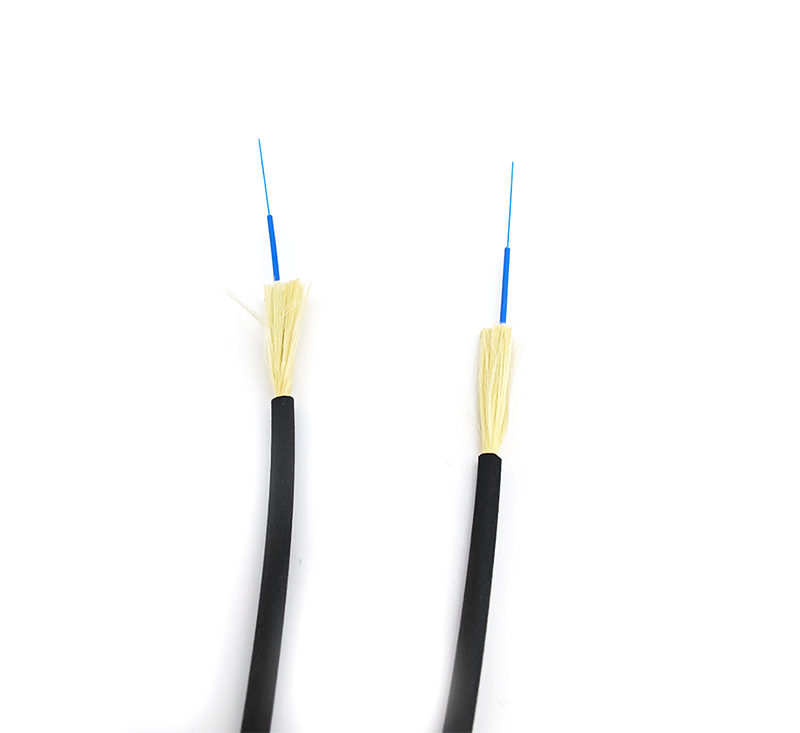Transmission principle of fiber optic cable: The transmission of fiber optic cable is based on the principle of total reflection of available light at the interface of two media. Mutant fiber, n1 is the refractive index of the core medium, n2 is the refractive index of the cladding medium, n1 is greater than n2, the incident angle when the light entering the core reaches the interface between the core and the cladding (referred to as the core-cladding interface) When it is greater than the critical angle θc of total reflection, total reflection can occur without light energy passing through the core, and the incident light can be transmitted forward at the interface through numerous total reflections.

People often use electromagnetic wave theory to further study the transmission principle and mechanism of optical fiber and cable, and solve the wave equation by the boundary conditions of optical fiber medium waveguide. Light propagating in an optical fiber contains many modes, each of which represents an electromagnetic field distribution and corresponds to a certain ray described in geometrical optics. The conduction mode that exists in the fiber depends on the normalized frequency ν value of the fiber Formula: where NA is the numerical aperture, which is related to the refractive index of the core and cladding medium. ɑ is the core radius and λ is the wavelength of the transmitted light. When the fiber is bent, mode coupling occurs, and a part of the energy is transferred from the conduction mode to the radiation mode, which is transmitted to the outside of the core and lost.
Knowing the transmission principle of fiber optic cable, we should understand that when using fiber optic cable transmission, we need to pay attention: when the fiber is bent, the interface normal turns and the incident angle is small, so the incident angle of a part of the light becomes less than θc and cannot be totally reflected. However, those rays with a larger incident angle can still be totally reflected, so the light can still be transmitted when the fiber is bent, but it will cause energy loss. Generally, when the bending radius is greater than 50-100 mm, the loss is negligible. Small bends will cause severe "microbend losses".










